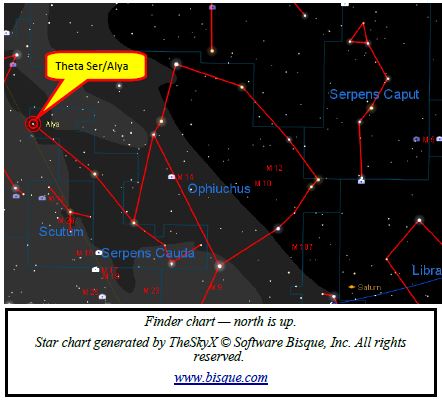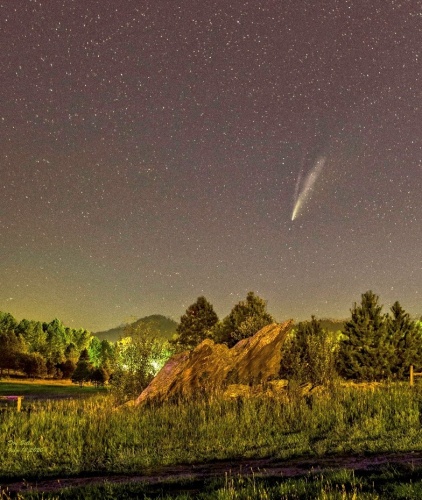
Potential Life in Venus’ Atmosphere
On Monday, September 14, planetary scientists and astro-biologists announced a stunning discovery, which if confirmed could lead to the conclusion that life exists in the atmosphere of Venus. The researchers announced that they had discovered the signature of a chemical called phosphine in Venus’ upper atmosphere, and the only known way that phosphine is created is via biological processes. If proven to be true, this discovery would be the first accepted evidence of extraterrestrial life, and this would be hugely important!
The discovery itself is still somewhat controversial, as is the assertion of the researchers that the only known way that phosphine is produced is by life. Skeptics counter that given the nature of Venus’ environment and the composition of its atmosphere, there may be a pathway to produce phosphine on Venus that is not found on Earth.



 Astronomy has been described as a “gateway” science. Most young people are introduced to astronomy early in their school careers, and some get hooked on science and later pursue careers in other scientific disciplines. Many of us (myself included) go on to other non-science careers but retain a strong lifelong interest in science generally and astronomy in particular. For us, amateur astronomy is a starting place for lifelong learning. A large astronomy club like HAS can provide many opportunities to its members for continuous learning. We get to observe the forefront of current research and learn many new things in the process.
Astronomy has been described as a “gateway” science. Most young people are introduced to astronomy early in their school careers, and some get hooked on science and later pursue careers in other scientific disciplines. Many of us (myself included) go on to other non-science careers but retain a strong lifelong interest in science generally and astronomy in particular. For us, amateur astronomy is a starting place for lifelong learning. A large astronomy club like HAS can provide many opportunities to its members for continuous learning. We get to observe the forefront of current research and learn many new things in the process.






